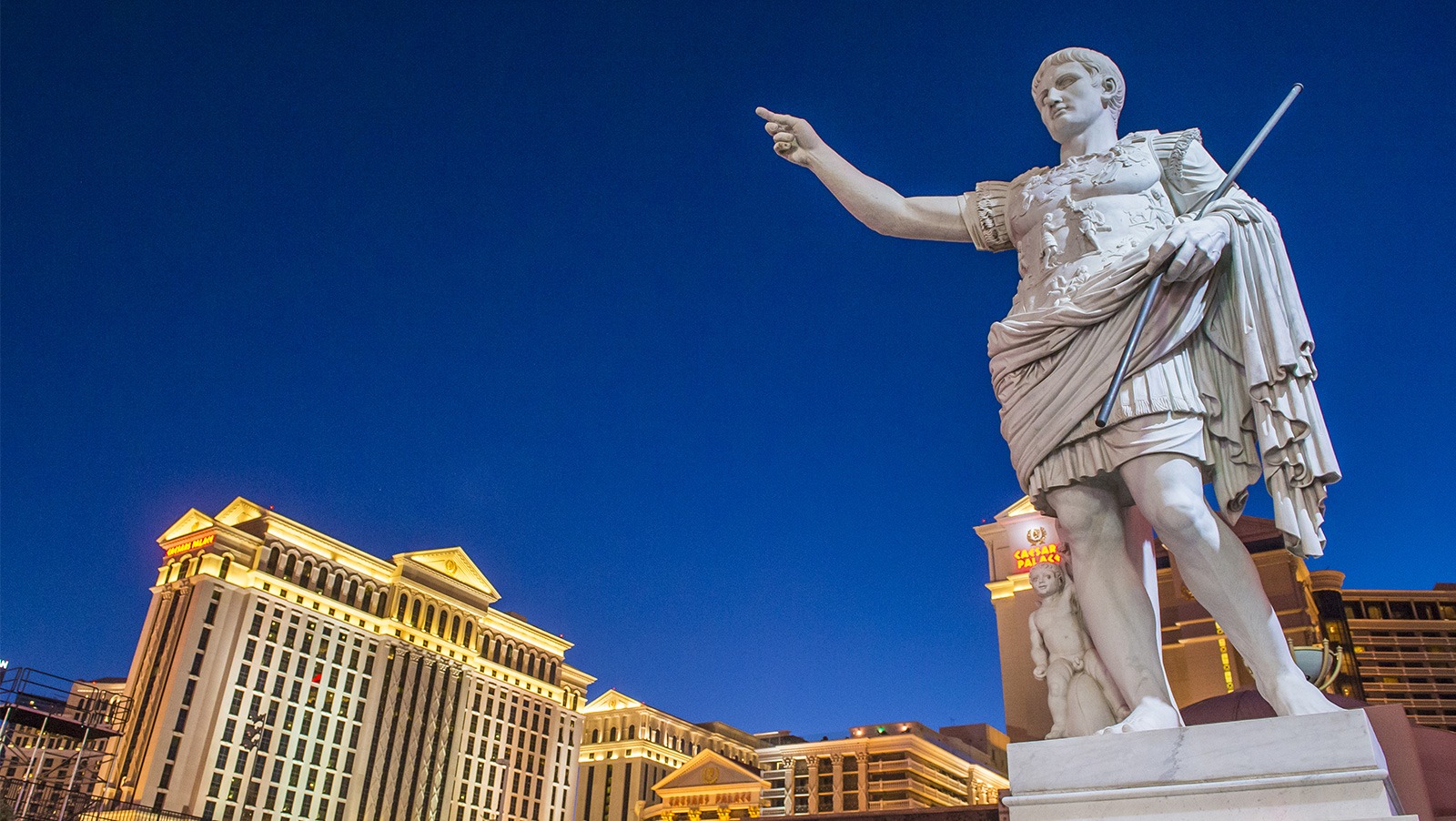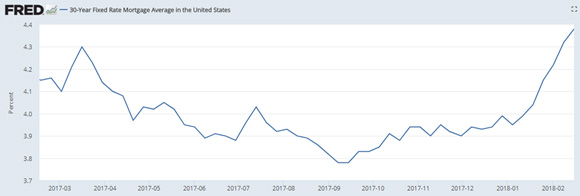 Caesars went bankrupt because it was part of a heavily leveraged buyout just before the last major financial crisis. It’s been ten years since the last major financial crisis, and Caesars has emerged from that near-death experience leaner, a little bit wiser, and hungry for growth. If it wants to survive the next financial crisis, the best thing it can do is stay conservative and lean out its balance sheet as fast as possible, balancing shareholder expectations and financial health, leaning a bit more heavily towards financial health.
Caesars went bankrupt because it was part of a heavily leveraged buyout just before the last major financial crisis. It’s been ten years since the last major financial crisis, and Caesars has emerged from that near-death experience leaner, a little bit wiser, and hungry for growth. If it wants to survive the next financial crisis, the best thing it can do is stay conservative and lean out its balance sheet as fast as possible, balancing shareholder expectations and financial health, leaning a bit more heavily towards financial health.
This may not be possible, because shareholders may not stand for it. They want to see growth and they want to see it now, and so does Caesars management. I can’t blame them. Going for growth is fine as long as it’s cheap, but now is definitely not the time to incur more debt or risk for the sake of expansion. According to a report in Bloomberg published in July, expansion is exactly what Caesars is going for:
Las Vegas-based Caesars is chasing opportunities in Japan, Canada, Australia, Brazil and Dubai, [CEO Mark] Frissora said. A planned casino in South Korea catering only to foreigners is still on track, he said, despite a Chinese restriction on travel to the country due to Seoul’s deployment of an antimissile system.
If this was just Frissora sounding off in order to generate some excitement about the company after a long, tiring, depressing bankruptcy, then fine. But expanding into these countries is going to be a problem when core markets in Las Vegas and Atlantic City are at risk of further deterioration.
Even after jettisoning the most toxic parts of its debt, Caesars still holds about $6.7B in total debt. That’s still 72% leverage, not bad for a profitable company, but not great for a company that is still bleeding every quarter. Stripping out all other accounting losses, interest expense alone over the last 4 quarters has outstripped operating profit by 11%. That means, mathematically speaking in the simplest terms, that it’s debt is still too high. And again, this is excluding all other losses.
Caesars needs to grow in order to get back in balance, but growth costs money and Caesars can’t afford to raise more debt in order to achieve that growth. So it’s in a bind. It could raise equity, but that would anger George Soros who recently took a stake in the company. In the event that Caesars does raise equity its share price will be diluted and go down. So how can it grow?
The two things that Caesars has going for it is that, first, investors are interested now because it still has a good brand name and is finally out of bankruptcy. Second, it has a lot of cash on its balance sheet, about $4.3B. I believe the best thing it can do now if it wants to secure a long term future is keep that cash, perhaps raise a little more in equity without infuriating its shareholders too much, and keep it as a rainy day fund. If it goes on a spending spree now, it will be doing the same thing it did in 2008.
Looking at the rest of the balance sheet, even after spinning off its REIT and getting rid of much of its toxic real estate, the company still has over $7B in property plant and equipment. That’s still over three quarters of its market cap, which means most of its valuation is rooted in the hard assets it owns and not its cash flow. Practically then, Caesars is sort of a casino real estate holding company, treading water and still slowly sinking, just not as fast as before. It got rid of some dead weight but that’s all. Property prices are likely to fall soon because bond yields have not stopped rising and likely will not stop rising with the Trump Administration borrowing upwards of a trillion dollars a year from the capital markets. That brings mortgage yields up too, and just like bonds, when yields go up, price goes down. Here’s the 1-year chart of mortgage yields.

Glancing at Caesars tone and plans of late, the picture it wants to present to investors is a company just out bankruptcy looking for growth. If it needs to present that picture in order to attract investment so be it, but what it should actually do is focus on core markets, use its cash balance to improve services as much as possible where it is already strong, satisfy its existing customer base and improve its brand name and image with the assets it already has rather than looking for new markets right now. That way, it has a chance of surviving the turmoil to come in the United States.





